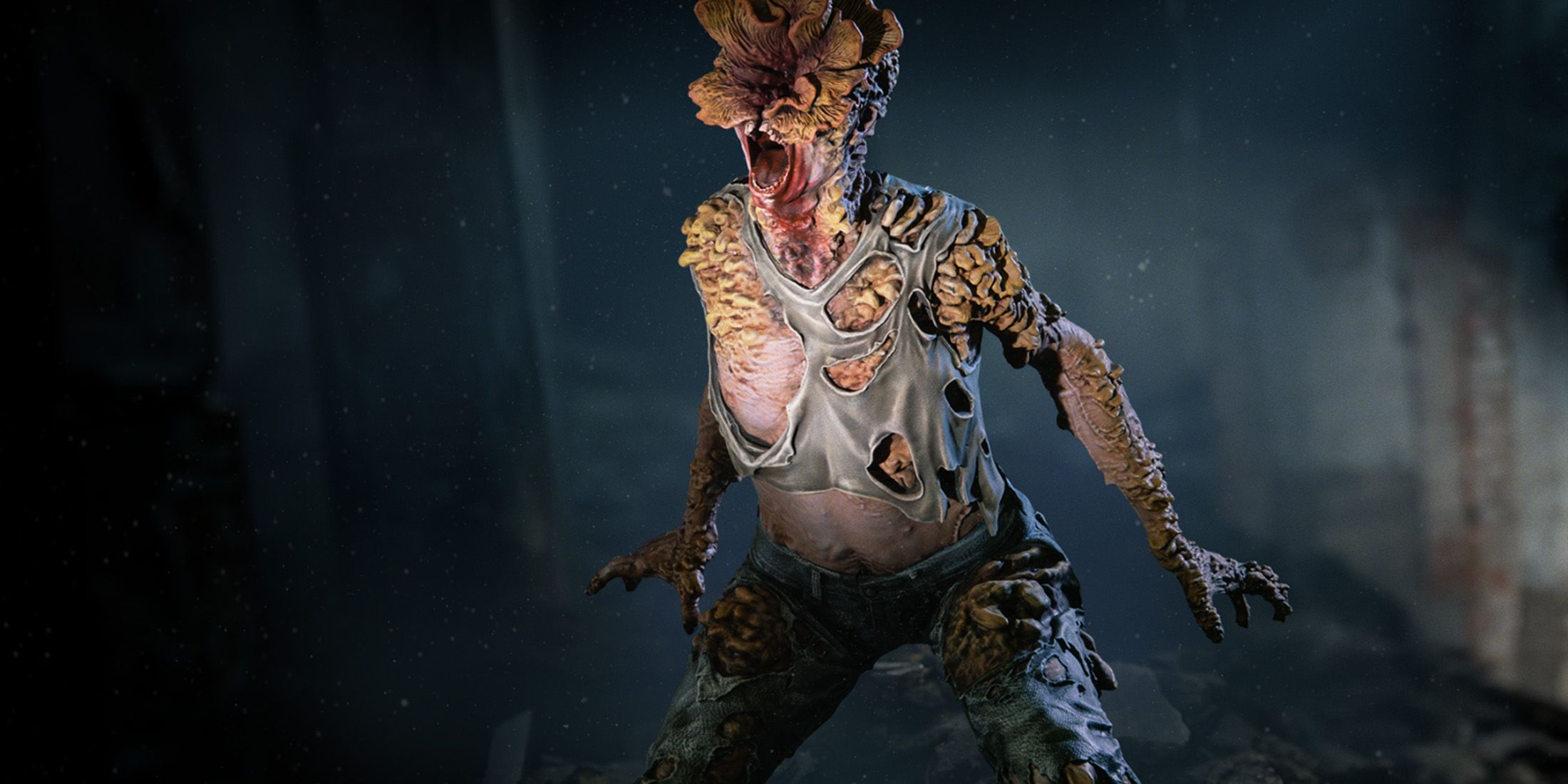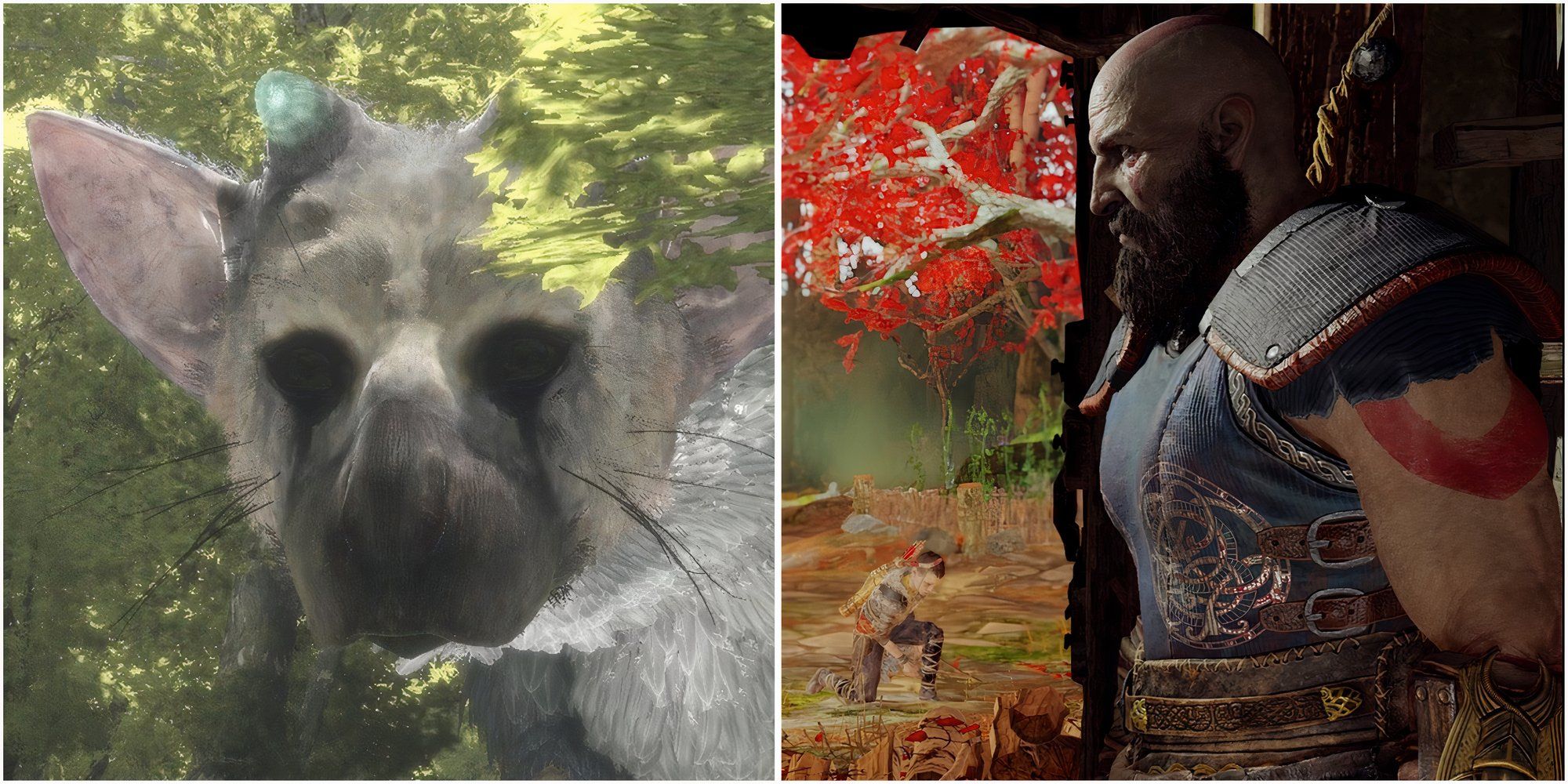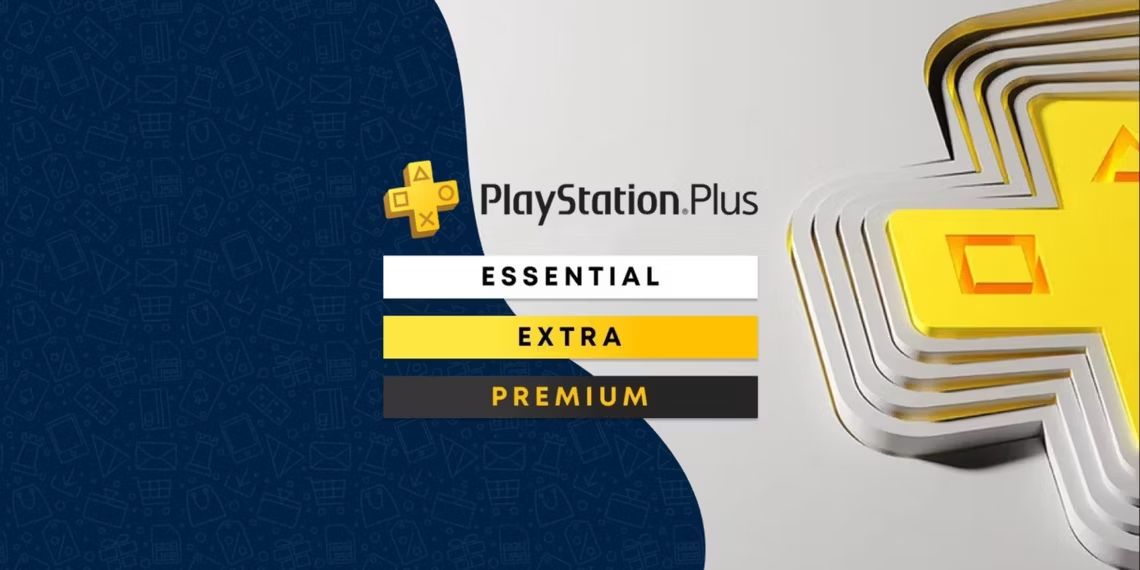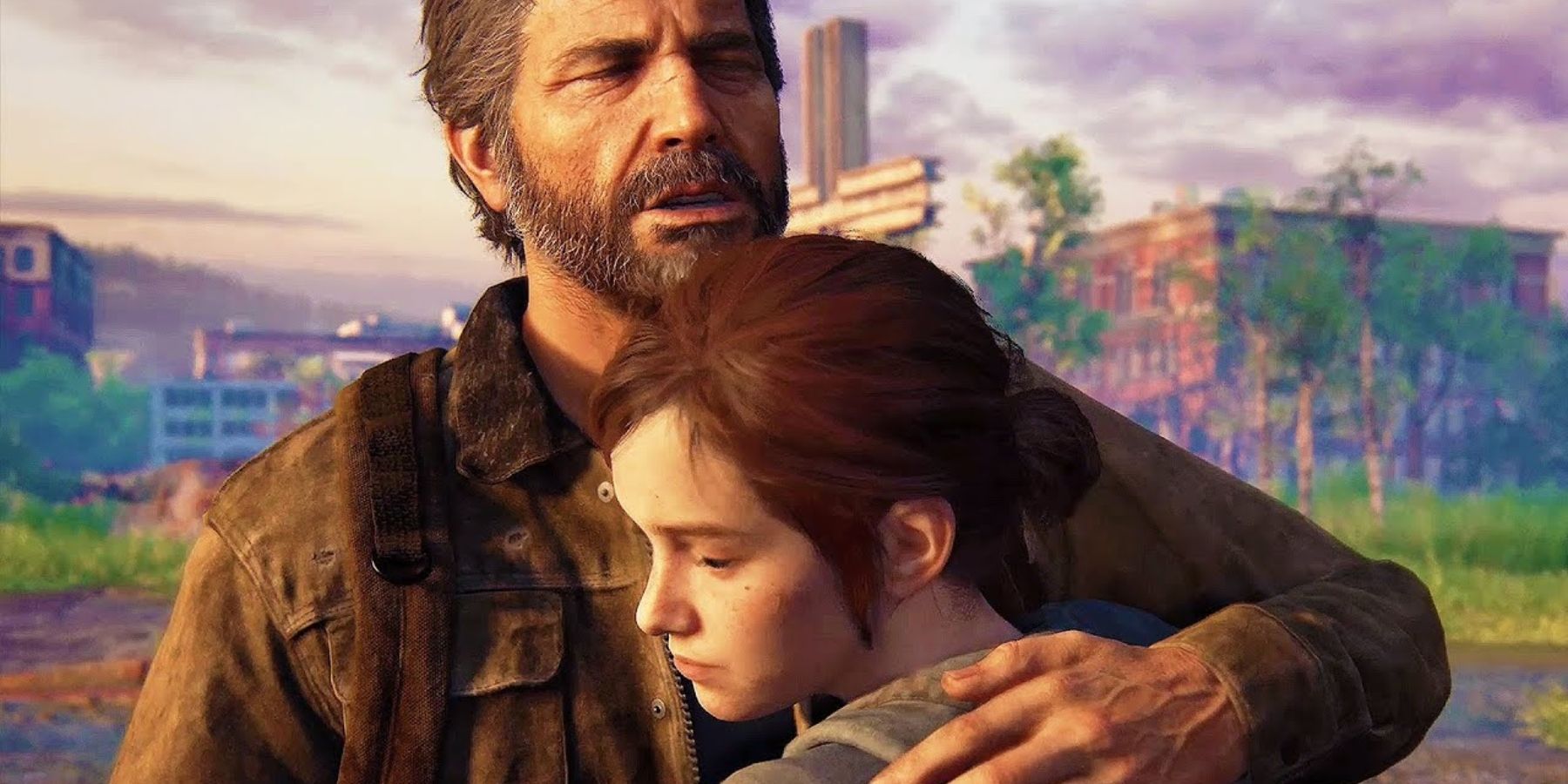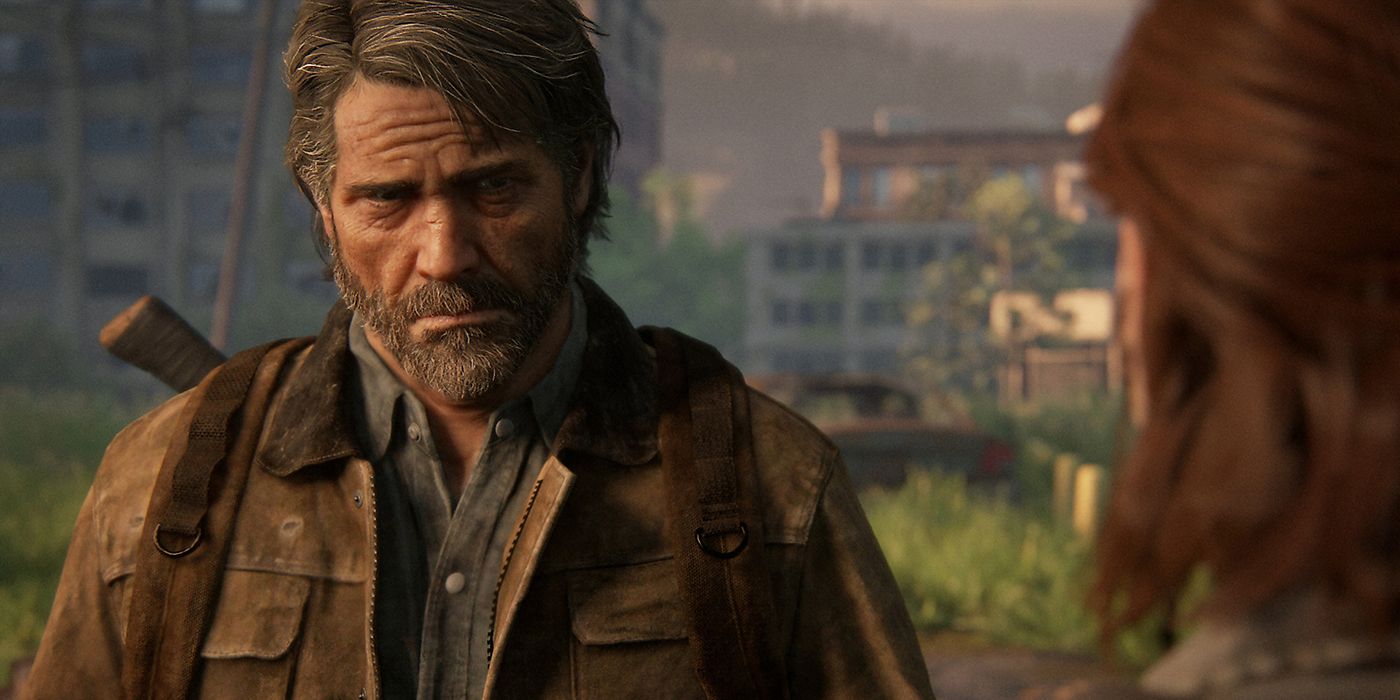The first season of HBO's The Last of Us adapted the events of the first game almost perfectly, delivering every integral plot beat from The Last of Us Part 1 while also building upon the narrative in a few significant ways, such as giving characters like Bill and Frank a completely overhauled storyline. But this first season had quite a bit of leeway when it came to The Last of Us Part 1's narrative, with the game featuring a fairly straightforward story. That same level of creative freedom might not be available when it comes to adapting The Last of Us Part 2.
A longer game by about 10 hours, The Last of Us Part 2 is quite meatier than its predecessor, with a much more complex approach to storytelling. As opposed to the prologue, main story, epilogue approach that The Last of Us Part 1 took, The Last of Us Part 2 features a less linear story, jumping between a main timeline, flashbacks, and then flashbacks inside of a larger flashback. HBO should approach adapting The Last of Us Part 2 with extreme care and caution, and one of the most vital components to get right is the game's flashbacks.
The Last of Us Part 2's Flashbacks Will Only Work If They're Adapted One to One
Back in March of this year, running hot off the first season's immense success, HBO's The Last of Us' showrunner Craig Mazin spoke to Deadline about the upcoming second season. During the interview, Mazin stated that The Last of Us season 2 would be making some big changes to The Last of Us Part 2's story, along with some smaller ones. In the months since, it's been heavily rumored that HBO's adaptation will be approaching The Last of Us Part 2's structure in a new way, potentially telling a completely chronological story, which might be more accessible for new viewers but could lessen the emotional impact of the game's flashbacks.
The story structure of The Last of Us Part 2 is, admittedly, a fairly convoluted one. Players begin the game as Joel, speaking to Tommy about the events of the first game right after they happen. Then the narrative shifts to five years later, putting players in control of Ellie in what becomes the game's central timeline. As players progress through the story they'll start to experience flashbacks from Ellie's perspective, switching time periods quite wildly. But while this can be confusing on a first playthrough, the emotional impact these flashbacks have is immense.
At the start of the game, all players know about Joel and Ellie's relationship is that it's strained for some unknown reason. The Last of Us Part 2 holds these reveals, and waits for the perfect moment to deliver the emotional punch. For instance, the first flashback following Joel's death sees Ellie reminiscing about her 15th birthday, and the day she spent with Joel at a museum. With this coming a few hours into the game, players have been sharing in Ellie's loss for quite some time, missing Joel themselves, and seeing him during this flashback captures that sense of grief that Ellie is feeling perfectly.
As the game progresses, players see more of how Ellie and Joel's relationship broke down prior to the game's main timeline, adding a sense of underlying tragedy to the whole narrative. This level of tragedy reaches its pinnacle with the game's final Ellie flashback, showing the two reconnecting the night before his brutal death.
These flashbacks may be a tad confusing, but holding back emotional moments like this allows them to hit much harder. If The Last of Us Part 2 just followed a chronological narrative, then Joel and Ellie's final moments would still be tragic, but not quite as hard-hitting, as players already know where Joel ends up right after this conversation. It seems likely that HBO will want to streamline The Last of Us Part 2's constantly time-shifting narrative, but it might be best to leave these Ellie flashbacks as they are.
The Last of Us Part 2 is available now for PS4.

